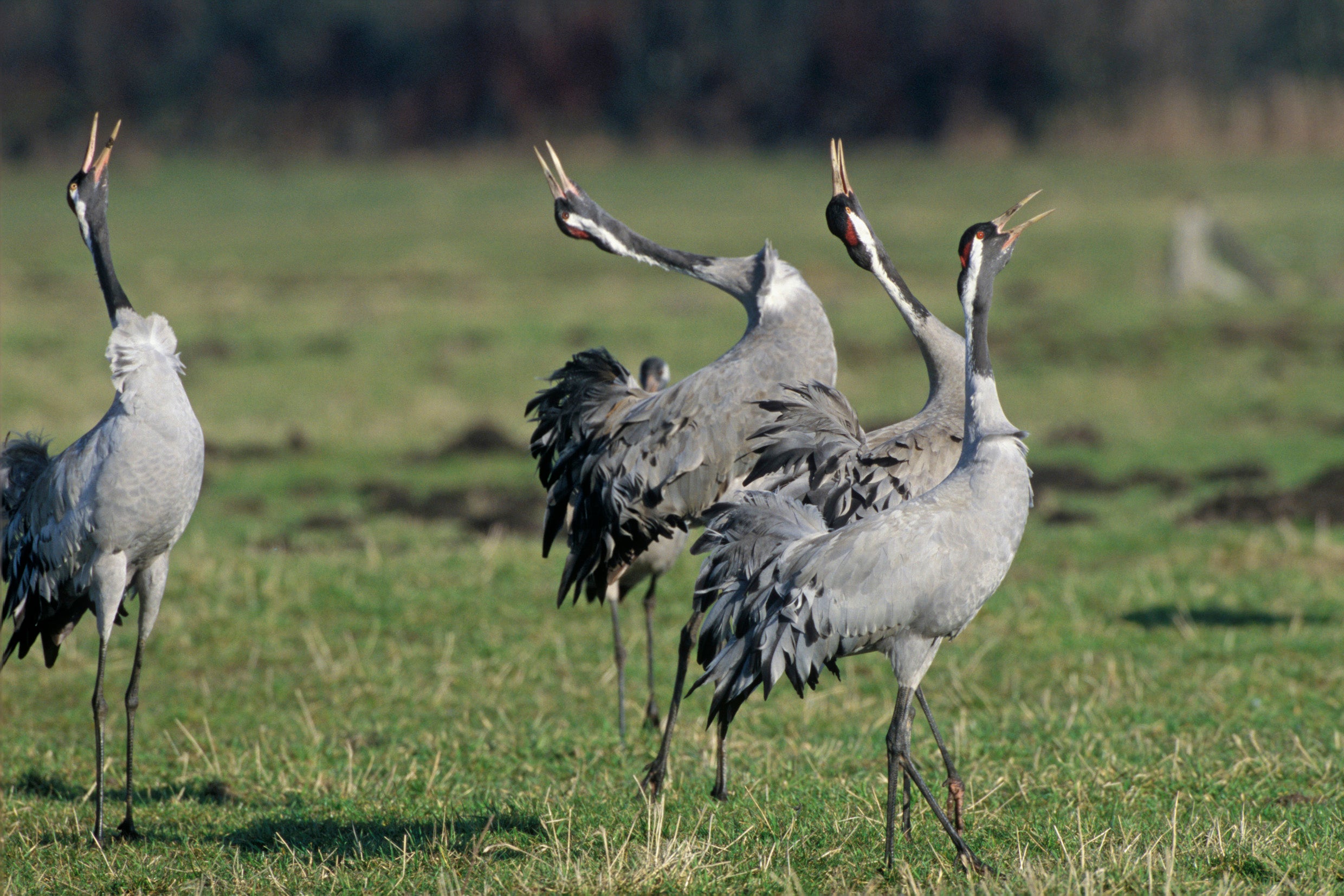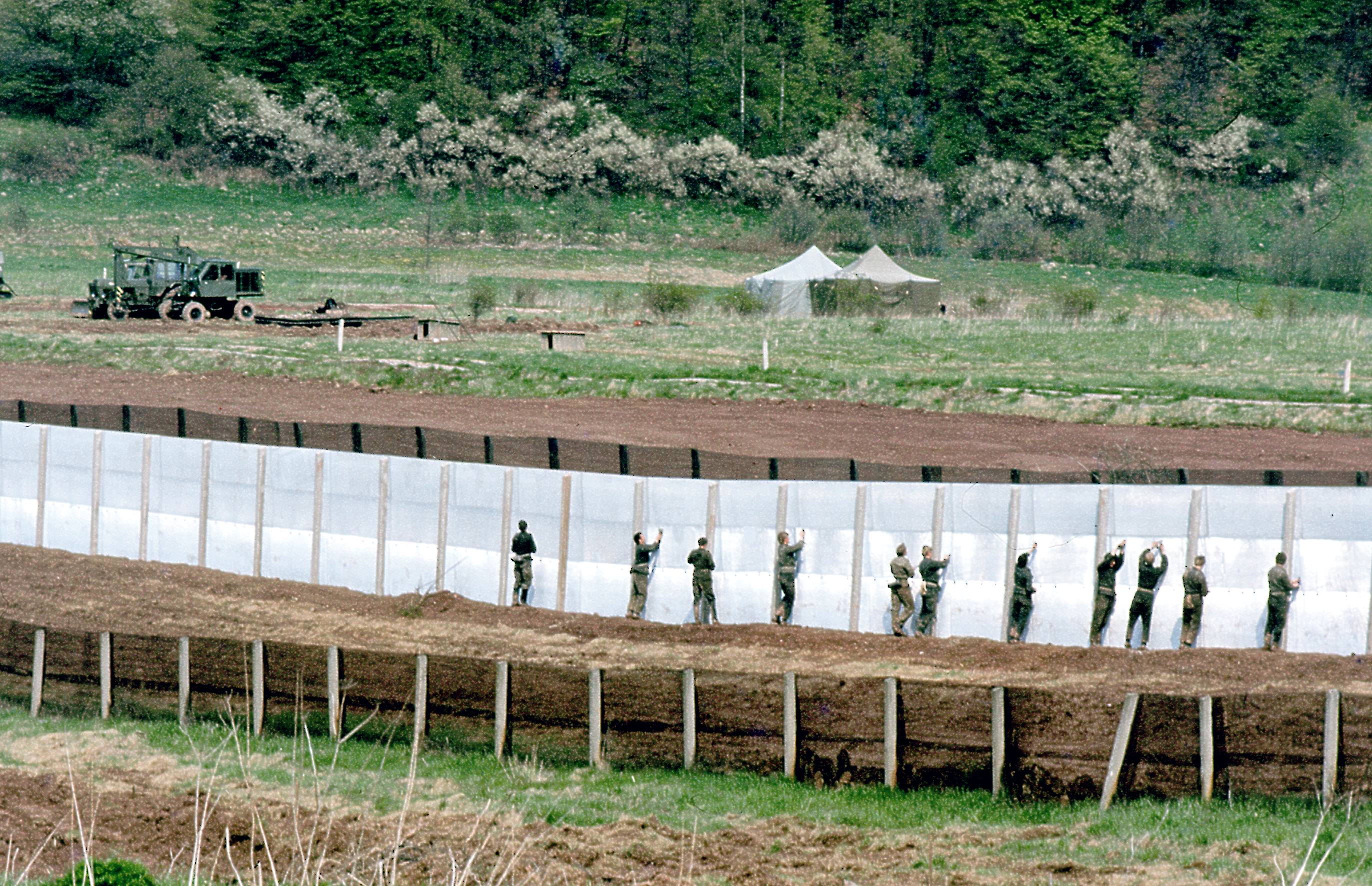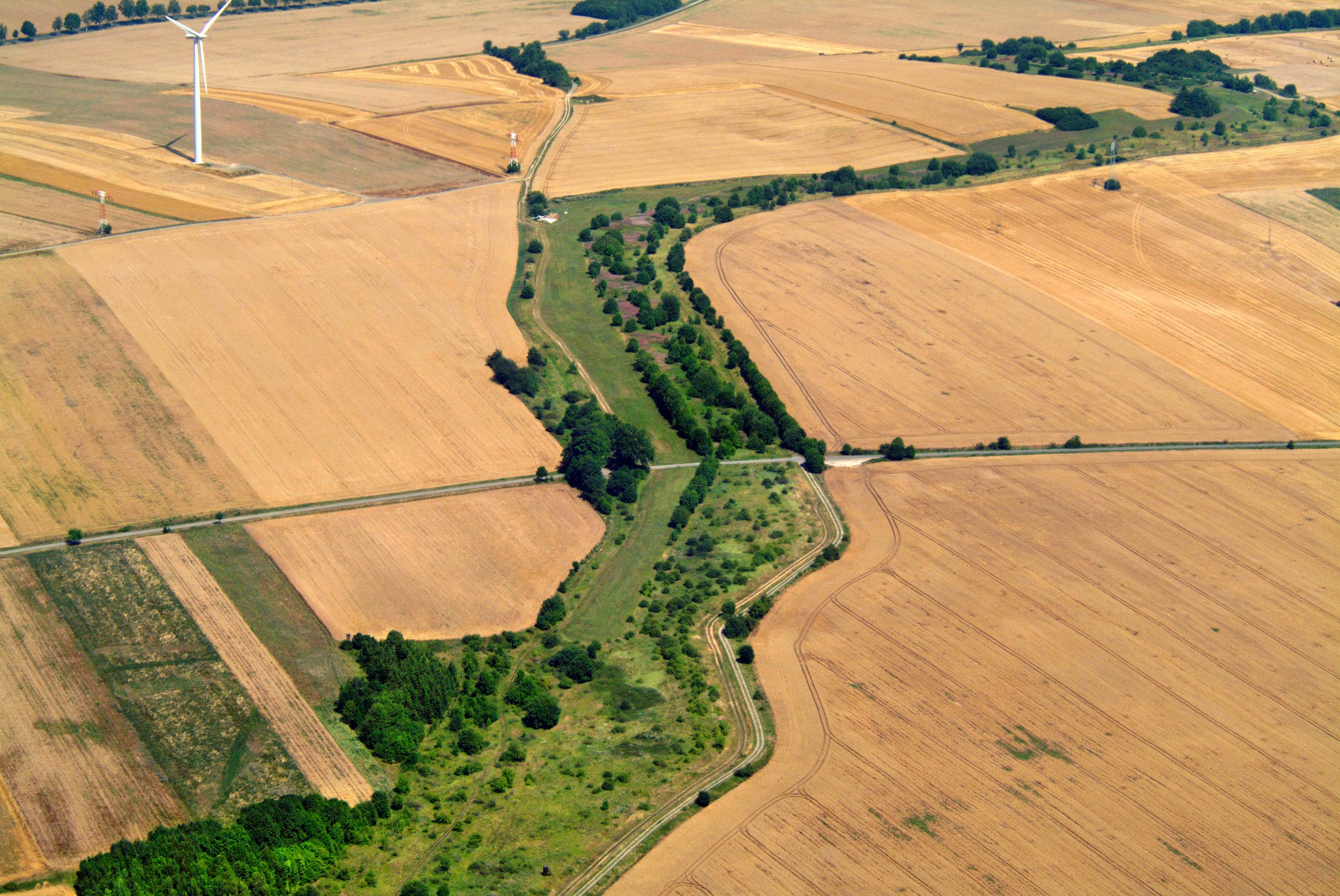Germany is turning 62 military bases into wildlife sanctuaries
'We are fortunate that we can now give these places back to nature'

They were once military bases at the centre of a 50-year war between the world's two superpowers. They will soon become a haven for rare birds and other animals.
The German government has announced plans to convert 62 disused military bases just west of the Iron Curtain into nature reserves for eagles, woodpeckers, bats, and beetles.
Environment Minister Barbara Hendricks said: "We are seizing a historic opportunity with this conversion — many areas that were once no-go zones are no longer needed for military purposes.
“We are fortunate that we can now give these places back to nature."

Together the bases are 31,000 hectares — that's equivalent to 40,000 football pitches. The conversion will see Germany's total area of protected wildlife increase by a quarter.
After toying with the idea of selling the land off as real estate, the government opted instead to make a grand environmental gesture. It will become another addition to what is now known as the European Green Belt.

A spokesperson from The European Green Belt told The Independent: "In the remoteness of the inhuman border fortifications of the Iron Curtain nature was able to develop nearly undisturbed.
"Today the European Green Belt is an ecological network and memorial landscape running from the Barents to the Black Sea."
Join our commenting forum
Join thought-provoking conversations, follow other Independent readers and see their replies
Comments